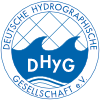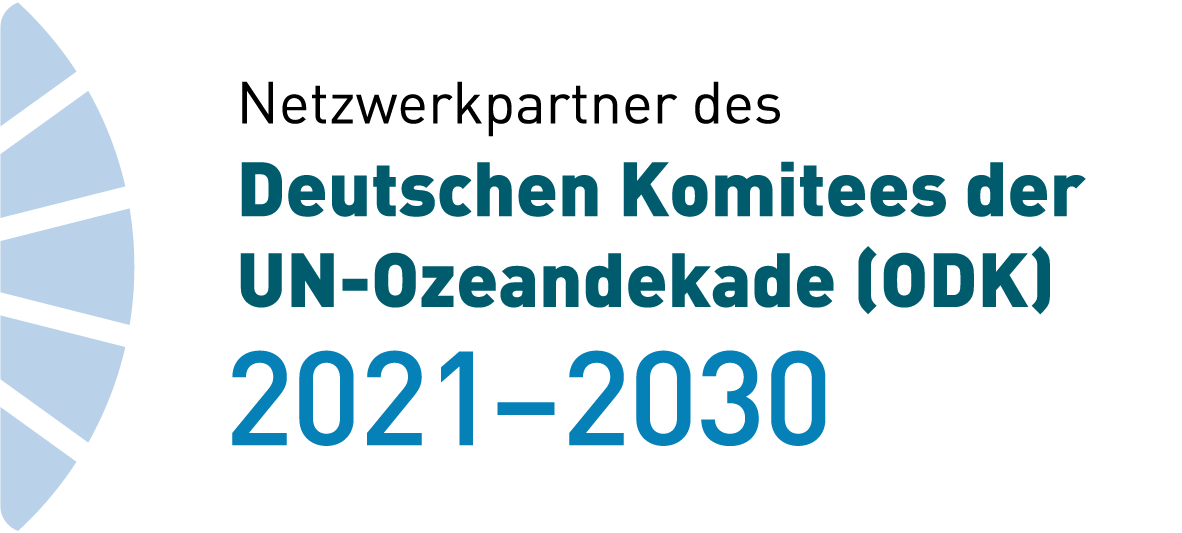AI is enabling a transformation toward autonomous hydrographic operations
It has been possible to advance AI thanks to factors like increased access to massive computing power. In the same way, the increase in automation, which AI facilitates, advances the development of unmanned, autonomous hydrographic operations. This is an exciting prospect, as the advantages of such operations are many: efficiency gains, reduction in costs in the form of vessel time and man hours, as well as the minimisation of environmental impacts. We are working towards autonomous hydrographic operations by developing software tools, which provide automatic, realtime data processing and navigationaiding. In 2017, we established a dedicated software development team with engineers specialising in machine learning, machine vision and deep learning. The first official EIVA software version utilising AI was released in 2018, when we made it possible to use NaviSuite Deep Learning for automatic interpretation of data in NaviSuite Nardoa, our software bundle for pipeline inspections. In this article, we will dive into how we are using machine learning to create software solutions that support autonomous hydrographic operations.
NaviSuite Deep Learning | artificial intelligence | autonomous hydrographic operations | AI software


